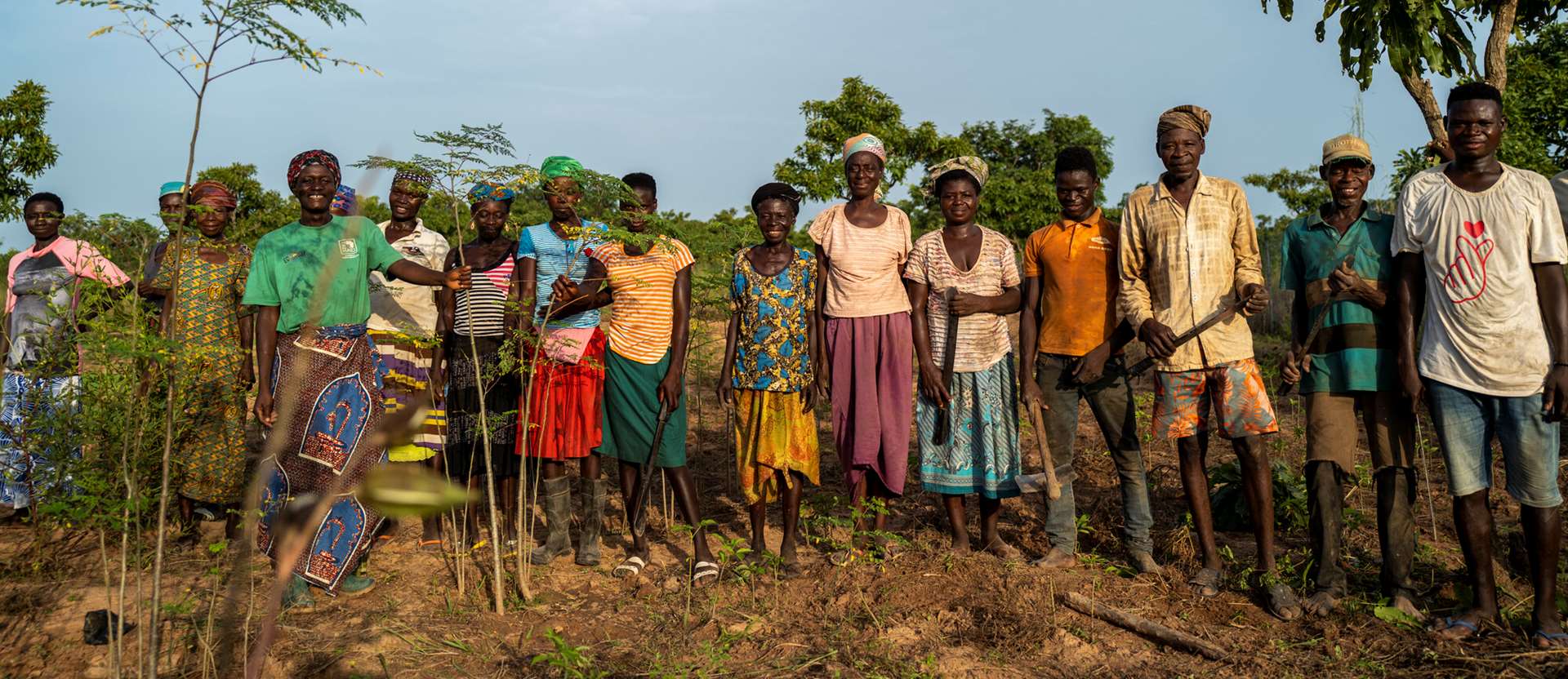
Putting agroecology on the map
18th January 2023‘Those who ask “can agroecology feed the world?” need to ask themselves another question – “is the current system working… given the number of people who are currently going hungry?”’ - Musa Usman Ndamba - MBOSCUDA
It’s no secret that our food system is in jeopardy. The climate crisis, the Ukraine war and the COVID pandemic have exposed the delicate equilibrium our current global food system depends on – the health of millions now hangs precariously in the balance.
Today’s world is more unpredictable than ever, and a ‘one size fits all approach’ simply doesn’t cut it. It is little wonder that people are now increasingly exploring more resilient, adaptable ways to farm.
“Agroecology is a modern, scientific and extremely viable farming system – it can feed Africa with culturally appropriate, healthy & nutritious foods” - Wilberforce Laate CIKOD Ghana
Oxford’s Real Farming Conference (ORFC), which takes place every January, represents the largest international gathering of farmers, thinkers and activists dedicated to ‘agroecology’. Put simply, agroecology means farming with nature, in a way that benefits local communities, encourages biodiversity and protects the environment.
Tree Aid takes an ‘agroecological’ approach across all of our projects, by:
- Conserving natural resources (like land and water)
- Regenerating soil nutrients, using nature-based methods like composting
- Practicing agroforestry
- Integrating farming into local ecosystems (like forests)
- Ensuring approaches are locally-adapted (such as growing drought-hardy trees and crops)
We were pleased to hear key tenets of Tree Aid’s approach echoed throughout the conference, from speakers across the globe at ORFC23 this January. Lively debates emerged on subjects close to our heart, too – here's some key take-aways from Tree Aid's Communications Officer, George Kontou:

Agroecology, vs ‘fortress conservation’
“We need to know how to integrate the forest, in order to keep the forest alive”
Taking place shortly after the Montreal's COP15 biodiversity summit, the landmark ‘30x30’ conservation goal was on everyone’s lips at this year’s ORFC. This ambitious target, to protect 30% of land and sea by 2030, has been the subject of much scrutiny; particularly regarding the threat it poses to the rights of Indigenous communities.
“Control over their land and how it’s managed allows communities to fight climate change, species loss and enact their values” - Emma Cardwell, in 'Struggles for Land Justice' at ORFC
Efforts to tackle biodiversity loss must prioritise forests being managed by the people who own and depend on them. It was heartening to see this advocacy for a rights-based approach placed front and centre at ORFC. As the antithesis of fortress conservation, our governance-led approach has always put the rights of local people first – our trees are primarily for use by the people who grow them. Our evidence shows that the health of land and nature will follow suit.
Championing women farmers
No discussion of land rights is complete without considering the challenges facing land-working women. As our advocacy team explained to the World Economic Forum in this blog, rural women are often experts in local climate solutions, yet women face barriers which impact their access and effectiveness.
“Women as Custodians of Land and Agriculture” put African women’s challenges in the spotlight. Acknowledging the ‘triple burdens’ of family, community and agricultural work which many rural women shoulder, speakers discussed how we can support women to create a social shift:
“We need to build the confidence of women, we need to create awareness and build their leadership skills. For women to be empowered, to speak and communicate and negotiate, especially when it comes to cultural land rights issues”
- Gertrude Pswarayi-Jabson, Country Coordinator for PELUM Zimbabwe
Experience has taught us the importance of creating spaces for empowerment. Our Village Tree Enterprises (collaborative business groups) provide women with a much-needed support network. We support these groups with training to help women build confidence and grow their public speaking and negotiation skills. Membership gives women the confidence to have a voice in their community, to make decisions and become less dependent on their husbands.
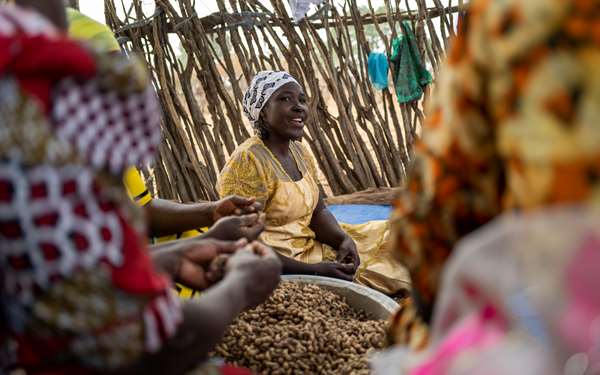
On ‘Nature Based Solutions’ & Carbon
“The New Business of Carbon Farming and Other ‘Nature Based Solutions”,provided an insight into the community’s concerns about the risks posed by carbon projects and ‘carbon farming’.
Many familiar criticisms of carbon offsetting were raised during this talk, including the notion that offsetting is simply an “instrument to allow pollution & destruction to continue elsewhere”, which does not “properly address the real need to reduce emissions”.
It’s true that we must significantly reduce our carbon emissions – charting an effective course towards decarbonisation lies in the hands of world leaders. However, contrasting the view that “carbon farming does not offer any good prospects for small-scale farmers”, the reality is that offsetting can be a powerful tool to stimulate the investment required to scale-up vital land restoration projects like the Great Green Wall. In ‘quality carbon projects’, carbon capture is the by-product of biodiverse and inclusive restoration. These projects help fund locally-owned restoration that supports sustainable, long-term incomes for communities.
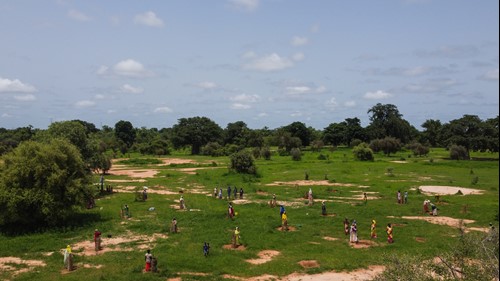
Image: Community-led restoration in Tambacounda region, Senegal
Our approach to offsetting is done with the same ethos we have always had - that trees grown in the African drylands are primarily for the communities which grow them. Our project participants have the power and knowledge to choose what trees they grow and where, and will enjoy the benefits those trees bring.
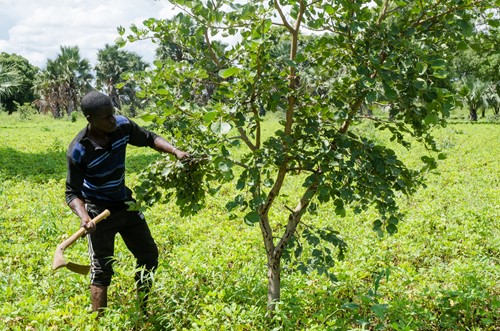
Image: Soungalo Diarra practises agroforestry in Koulikoro, Mali
Contrasting the bleak vision of a ‘carbon farming’ future, we’d like to see more space given to discussing the potential of projects like our own, which combine agroforestry and locally-led restoration with carbon capture. ORFC 2024 would benefit from more advocates of community led carbon farming to bring a broader range of perspectives to the table, and add nuance to this debate in future.
Agroecology for the future
It’s clear that the movement for agroecology is growing fast – and we’re proud to be a part of it. 'Agroecology right now' was the slogan when we attended this year's Desertif'actions summit in Montpellier; the organisers are aiming to put agroecology at the heart of plans to tackle desertification and land degradation.
For the communities we work with in sub-Saharan Africa, agroecology provides a scale-able and affordable means to address some of the region’s greatest challenges. From bolstered food security and increased dietary diversity, to improved biodiversity and land restoration – this movement promises a great leap forward for the continent’s food sovereignty movement.
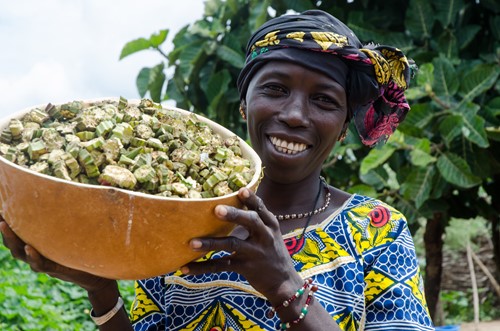
Image: Ana Diarra holds a bowl of okra in Koulikoro region, Mali.
So, how do we ensure these conversations translate into meaningful action? Our own experience of growing the Great Green Wall have shown us that Civil Society Organisations (CSOs) have the evidence, tools and capabilities required to scale-up vital agroecology projects – but these organisations need accessible and appropriate funding to continue and scale up the work we do best.
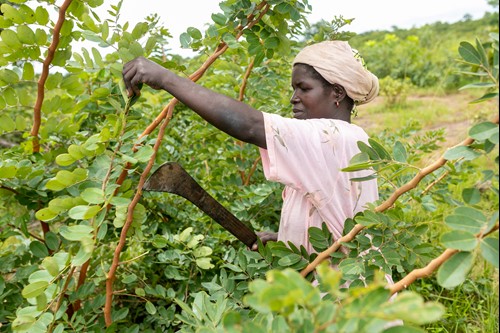
Image: Farmer Taaborum Taaga performs Assisted Natural Regeneration (ANR) on her land near the Daka River, Ghana
In “What did COP27 mean for Africa and Agroecology?”, we were pleased to see speakers address “the need for financial mechanisms which make it easy for Civil Society Organisations (CSOs) to enable a transition to agroecology on the ground.”
Whilst it’s vital that the funding pledged at summits like COP26 and COP27 are fulfilled, perhaps the agroecology movement must also remain open to other funding sources - like high quality carbon projects, which can spur further investment in these projects?






